My Cultural Diet for September 2023: Bourne, Patlabor, Akira, Mad Max
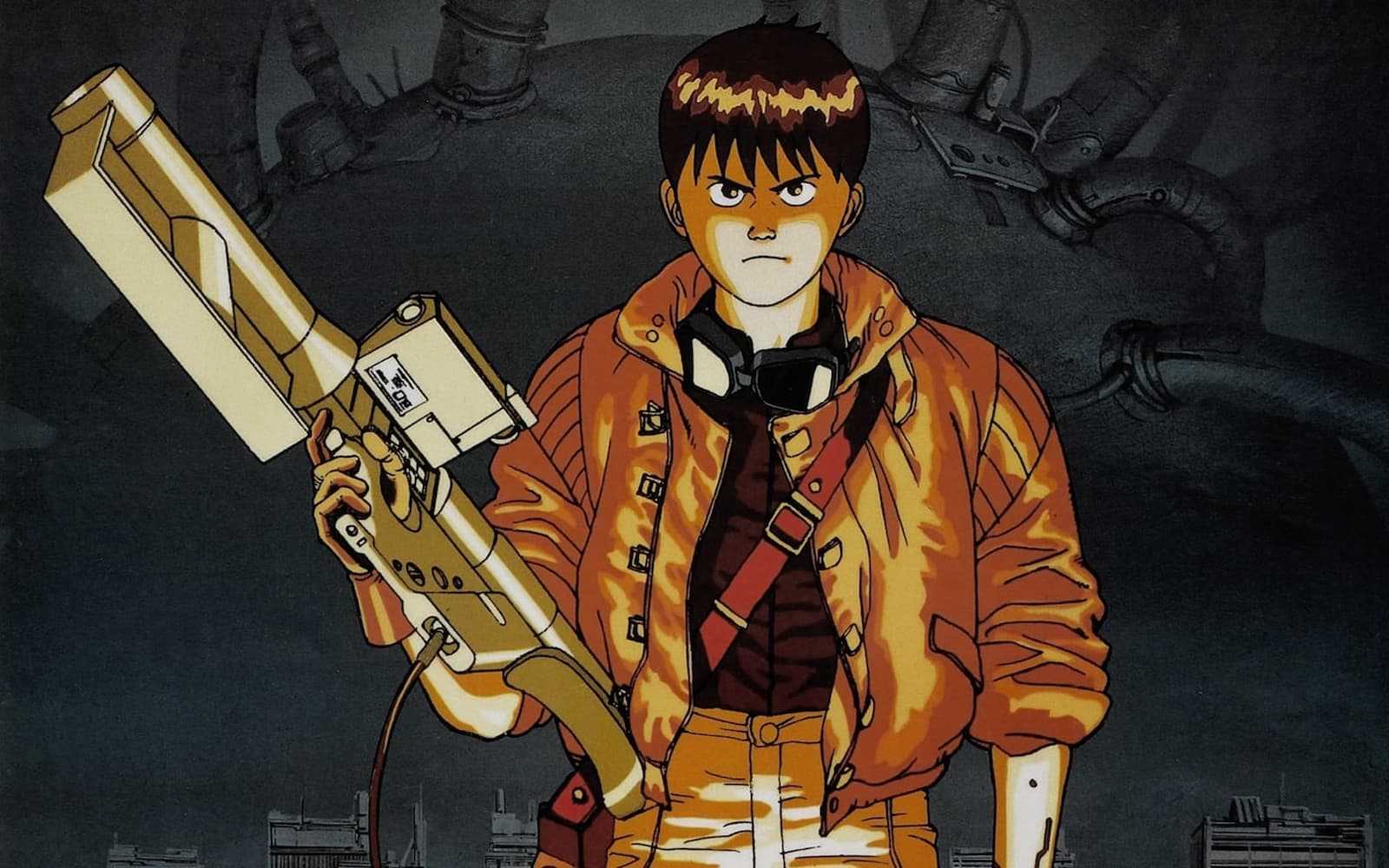
In order to better track my various cultural experiences (e.g., movies, TV shows, books, restaurants), I’ve created the Cultural Diet. Think of it as my own personal Goodreads, Letterboxd, and Yelp, all rolled into one (more info here). Every month, I recap everything that I watched, read, etc., in the previous month.

Lloyd Alexander is best known for his Welsh-inspired high fantasy series, The Chronicles of Prydain (which I finally read last year and enjoyed). However, he wrote others novels set in historically influenced settings, including ancient India (The Iron Ring), ancient China (The Remarkable Journey of Prince Jen), and in the case of Westmark, the French Revolution. Its setting aside, Westmark includes themes that are common to Alexander’s stories, i.e., the protagonist is an idealistic young man who discovers that the world is a lot more complicated than he thought, and with the help of a cast of colorful characters, must fight evil while grappling with moral and ethical quandaries. This is far from weighty, preachy stuff, though. I read Westmark in just a few hours thanks to Alexander’s economical (though no less imaginative) writing and worldbuilding.
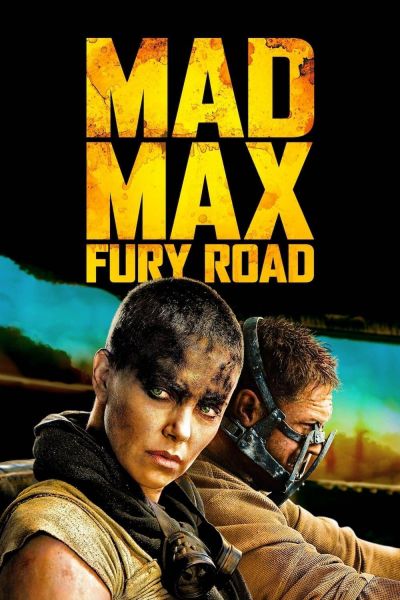
My son calls Mad Max: Fury Road the craziest, weirdest movie he’s ever seen. Granted, he’s only 15, but he’s not necessarily wrong. Mad Max: Fury Road is completely over-the-top in almost every way possible, from the extremely dystopian setting to the outrageous characters to the jaw-dropping and immaculately choreographed action sequences. (Once again, I have to ask: How did nobody die during the making of this movie?) Also, I can’t get over how beautiful it all looks. The deeply saturated desert setting (most of the film was shot in Namibia’s Dorob National Park) is virtually a character itself, but even the countless explosions and car crashes are next-level eye candy that director George Miller injects directly into your brain’s visual cortex. That said, the film’s real trick is that, all mind-blowing visuals aside, its story still hits hard on a primal level, be it Max’s slow return to humanity, Furiosa’s determination, or Nux’s redemption. All in all, just a modern marvel of a film.
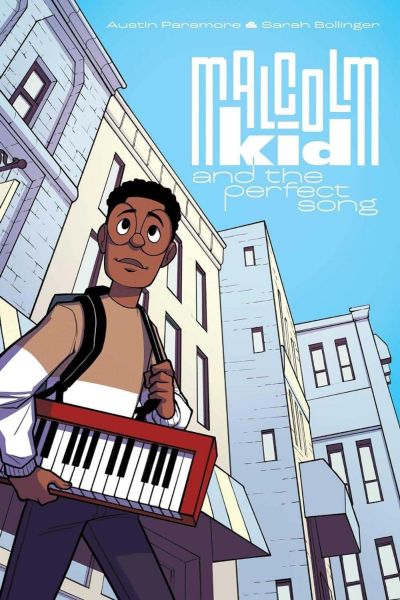
I checked out Malcolm Kid and the Perfect Song from the library on a whim, and I’m glad I did. Austin Paramore’s debut graphic novel is the charming story of Malcolm Kid, an aspiring young musician who suddenly finds himself in possession of a keyboard that’s haunted by the spirit of an old jazz pianist. The only way to set the spirit free is to find and play… wait for it… the perfect song. However, that will require Malcolm to reconnect with an old friend, explore his town’s history, stand up to his demanding father, and confront some family tragedies. Oh, and deal with a Mephistopheles-like character who takes a great interest in Malcolm’s burgeoning talent. Paramore packs a lot into his story and does a fine job of balancing it all. Meanwhile, Sarah Bollinger’s delightful artwork keeps things light with some manga-like flourishes, but never at the expense of the story’s drama and emotion.

If you were to ask me why I started watching this Netflix anime about a young woman who suddenly finds herself betrothed to a seemingly ruthless man she’s never met, I’m not sure I could give you an answer. (The algorithm works in mysterious ways, I guess.) Given the premise, there’s loads of melodrama as our young heroine — who arguably possesses one of the breathiest and most forlorn voices in all of anime — moves from an abusive household to one that holds the promise of something more. Naturally, romantic triangles and dramatic misunderstandings ensue. The series’ exploration of abuse and trauma adds an interesting wrinkle as does the incorporation of supernatural elements and alternate Japanese history. In the end, however, My Happy Marriage can’t quite integrate all of these elements; it can’t seem to make up its mind what it wants to be. A second season was recently greenlit, which I might check out to see if the storytelling gets any stronger.
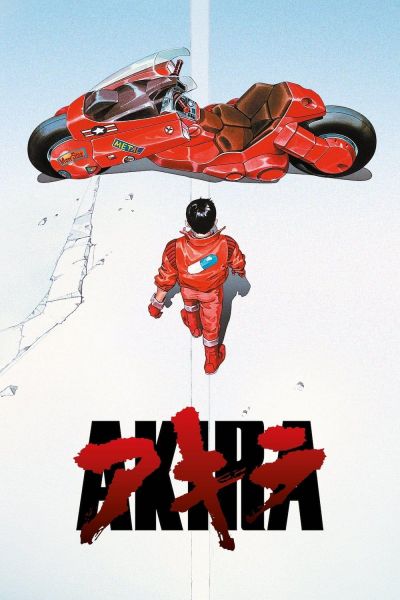
There’s no point in denying Akira’s status as an iconic and seminal work of both animation and sci-fi. Even now, 35 years after its release, there are segments that far surpass anything that’s been filmed or animated since, especially when it comes to sheer apocalyptic spectacle. The term “mind-blowing” gets tossed around so casually these days, but the last 30 minutes or so, as Tetsuo’s powers run amok and everyone resorts to increasingly desperate measures to stop him, are exactly that. (And I shouldn’t have to say this, but attempting to capture any of that in live action would be a fool’s errand.) That said, my response to the film was a bit cooler this time around than in the past, and I think that’s because I’ve finally read Katsuhiro Otomo’s original manga. Not to take anything away from Otomo’s adaptation of his own work, but the manga’s storyline is so much deeper and richer. The anime hits all of the important notes, and of course, is a visual triumph, but there’s so much more in the manga.
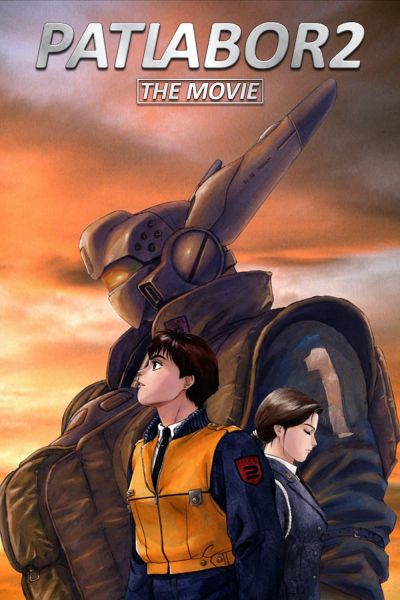
Considerably more sedate and somber than its predecessor, Patlabor 2: The Movie has everything you could possibly want from a Mamoru Oshii film. It’s got a heady, convoluted plot involving political and military conspiracies, glacial pacing punctuated by intense action, philosophical discussions about the nature of war and peace, highly detailed military activity, contemplative scenes enhanced by Production I.G’s gorgeous cel animation and Kenji Kawai’s moody ambient score, and there’s even a basset hound for good measure. 1995’s Ghost in the Shell is usually lauded as Oshii’s signature work, and understandably so. But you could make a strong argument for Patlabor 2: The Movie being a very close second. In fact, I’d daresay that Patlabor 2: The Movie, which was released in 1993, laid the foundation for Ghost in the Shell’s contemplative cyberpunk.
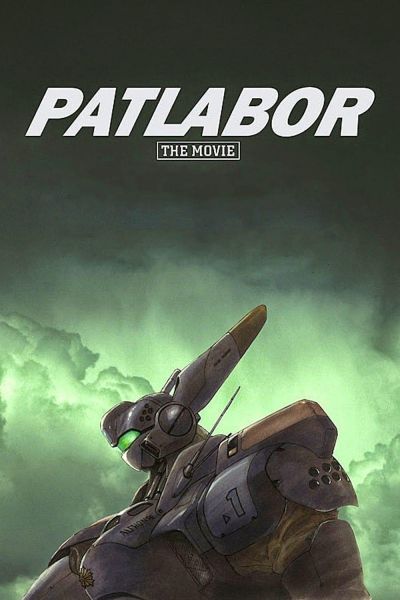
Based on the Patlabor TV series, which itself was based on the long-running Mobile Police Patlabor manga, Patlabor: The Movie suffers from a rather slight storyline involving a hacker’s plan to infect all of Tokyo’s Labors (i.e., giant mecha used by construction, police, and the military) with a virus. But honestly, I wasn’t watching Patlabor: The Movie for the storyline. I was watching it for the directing (because I tend to like Mamoru Oshii’s aesthetic), the hand-drawn cel animation (which was refreshing after watching so much modern CG-enhanced animation), and the mechanical designs (because giant mechs are always cool). Consider a short scene from the film’s opening, in which a military Labor is aerially deployed and a tiny drag chute is used to pull it out of the aircraft. The attention to detail in just that short sequence alone (e.g., the uncoiling of the chute’s rope, the sense of mass in the mech’s movement) was rewarding enough to justify watching the entire movie.
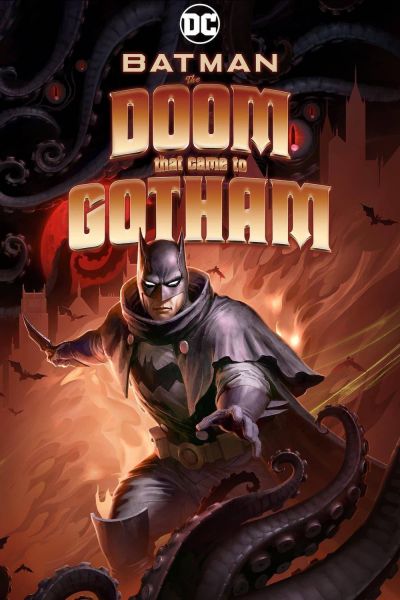
On paper, mixing Batman and H.P. Lovecraft seems like a total no-brainer. And if you set it in the 1920s, and feature the Caped Crusader battling ancient cults and supernatural foes with era-appropriate Bat-gadgets, then so much the better. Batman: The Doom That Came to Gotham — which is based on a comic miniseries from the early ’00s — has all of that. Unfortunately, however, it also tries to cram way too much into its 90 minutes, from the never-ending parade of Batman friends and foes (some of whom appear as alternate versions of themselves) to the convoluted retconning of Gotham City’s history to the overwrought dialog filled with old time-y phrases and oodles of Lovecraft references. And that’s to say nothing of the increasingly bizarre final act, which keeps throwing things at you (e.g., body horror, occult magick, more body horror) until it all just kind of falls apart. Note: If you want to watch a supernatural take on Batman, then you may be better served by 2017’s Justice League Dark.
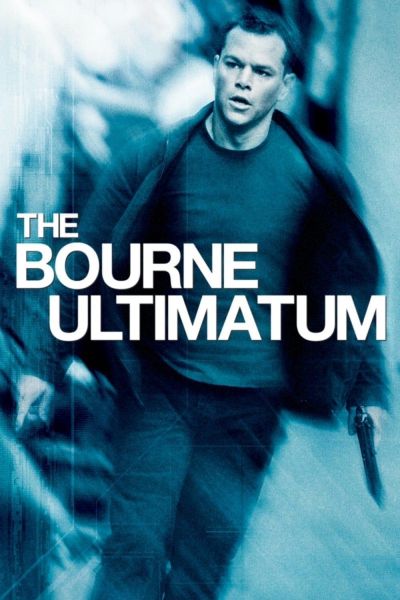
When I first saw it in theaters back in 2007, I thought The Bourne Ultimatum was easily the best of the original Bourne trilogy. Sixteen(!) years later, it’s still a solid action thriller, with Jason Bourne dead set on destroying the government conspiracy that turned him into a cold-blooded killer even as he wrestles with his own complicity in the matter. But having just watched The Bourne Supremacy, Ultimatum doesn’t have quite the same energy and urgency as its predecessor. That, and Paul Greengrass’ trademark shaky cam footage doesn’t work quite so well here. Having said that, the film’s stuntwork — be it the climactic car chase through New York streets or Bourne racing across the Tangier rooftops and crashing through a window to battle a rival assassin — is never not thrilling.
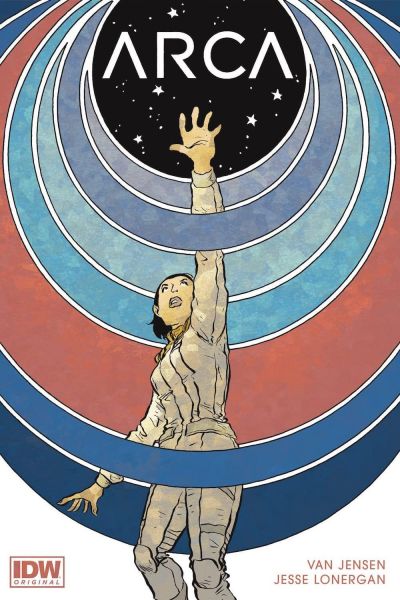
In Earth’s final days, a group of billionaires and celebrities hatch a plan: they’ll leave Earth on a giant spaceship to make a new home for themselves on a nearby planet. In the meantime, they’ll continue to live in luxury, their every need met by children who live like slaves until their faithful service is rewarded with proper citizenship. Arca’s “eat the rich” storyline is bit on the nose; given its premise, there are really only a handful of ways it can go. Still, it’s engaging enough, and I appreciate the fact that the protagonist’s ability to read, which is outlawed, proves so important to her survival. That said, only a monster would refuse to cheer on a plucky teenager as she seeks to lead her fellow youth in rebelling against their entitled billionaire overlords.
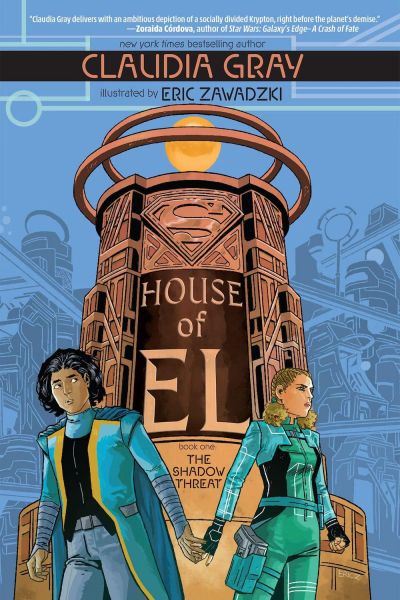
I’m not a big fan of DC’s live-action movies. (Sorry, Snyder Cut fans.) I do, however, enjoy their animated titles, be it series like Justice League Unlimited and Batman: The Brave and the Bold or movies like Justice League: War, Justice League: The New Frontier, and Justice League Dark: Apokolips War. Which is to say, I’d really like to see an animated adaptation of House of El, a YA-focused retelling of the planet Krypton’s final days. As its title implies, Superman’s family is present but the series focuses on two young lovers from different social castes who are troubled by Krypton’s increasingly corrupt and hedonistic society — as well as the earthquakes that threaten to tear the planet apart. It might be tempting to dismiss House of El given its YA roots. However, I was never not engaged by the storyline and the series ends on a beautifully bittersweet note — as befitting any story about Superman’s doomed homeworld.
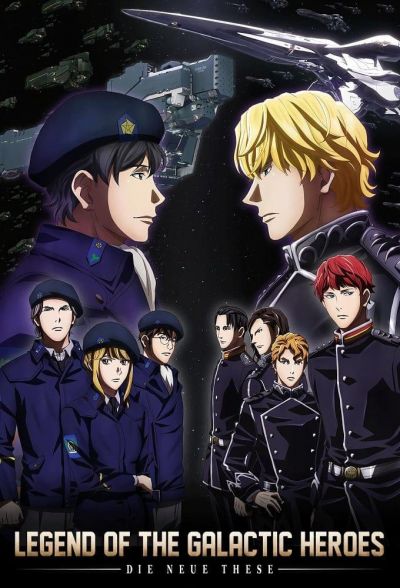
Do you enjoy watching epic, multi-episode-spanning space battles featuring tens of thousands of ships and maybe even some Death Star-like moon bases for good measure? That’s obviously a trick question, because who doesn’t like watching that sort of thing? But do you also enjoy watching episodes in which characters do nothing but discuss military strategies, debate political theories, and philosophize about democracy, freedom, and human history? If so, then Legend of the Galactic Heroes: Die Neue These may be your next favorite anime. A modern remake of Legend of the Galactic Heroes, which ran for 110 episodes in the ’80s and ’90s, and was itself based on Yoshiki Tanaka’s sci-fi novels, Die Neue These really scratched my personal itch for sprawling, galaxy-spanning space opera, though it gets pretty convoluted with dozens of major characters and storylines within storylines. It’s also an interesting world-building exercise, juxtaposing 19th century Prussia, Norse mythology, and more “modern” cultures in its various futuristic nations. With just four seasons to date, I surmise that Die Neue These isn’t even halfway through its storyline, and I’m looking forward to season five and beyond.
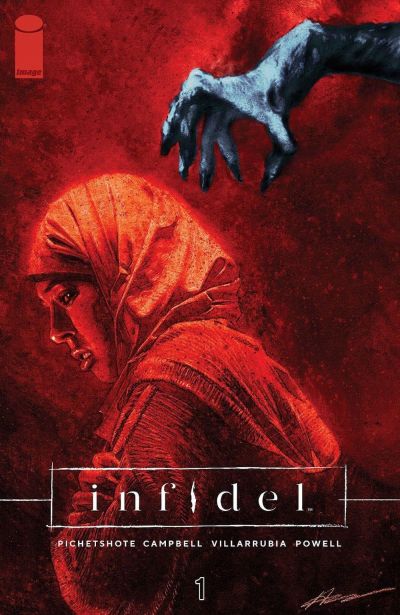
The horror genre is often used to tackle heavy issues, including religious fanaticism, mental illness, and the dangers of technology. In Infidel’s case, the issue is racism as a young Muslim woman struggles to maintain her sanity in the midst of various threats, be it the unwitting racism of her white neighbors or the supernatural threats residing in the dark corners of her apartment building. But as Infidel progresses, the line between the former and the latter grow increasingly thin. To Infidel’s credit, nothing and no one’s simple; well-meaning friends can make terrible mistakes while potential antagonists might become a surprising source of help. Pornsak Pichetshote’s storyline ventures into some pretty esoteric territory at times, but Aaron Campbell’s artwork and José Villarubia’s colors keep the terror nice and grounded.
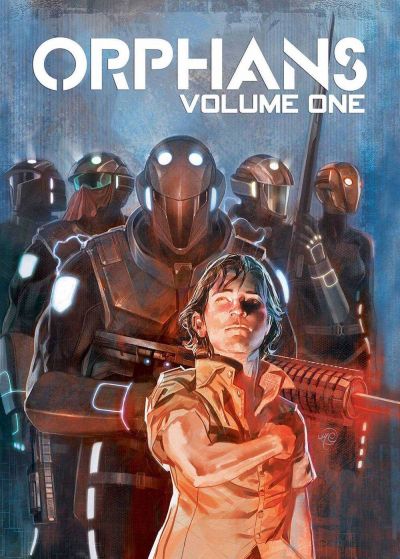
Stop me if you’ve heard this one before. Earth faces an extraterrestrial threat and so humanity, desperate for soldiers, begins putting children through brutal training in order to turn them into deadly warriors. (Halo, anyone?) Orphans’ first volume isn’t bad per se, and there’s an interesting mystery or two that I assume get fleshed out in later volumes. But overall, I feel like I’ve read this storyline many times before.